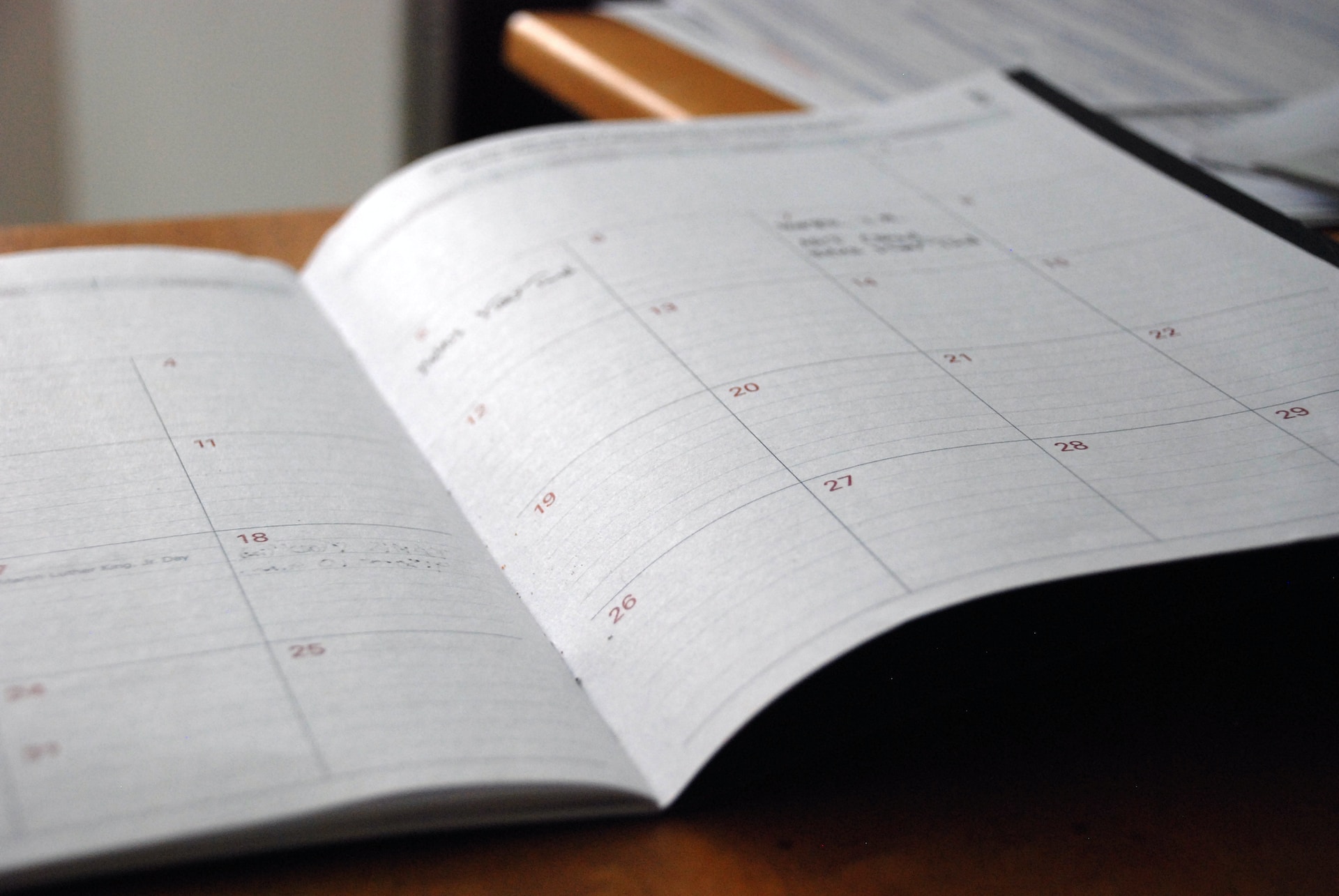We recently discussed why readability is a necessary feature of high-quality blog content. Content readability, however, is only one factor that contributes to how users react to your blog content.
User experience design (also referred to as UX design), and its counterpart, the user interface (UI), are fundamental aspects of website design. In fact, designing with UX/UI principles in mind can go a long way toward converting organic blog traffic to sales. If you want your content to stand out in search rankings and secure customers, UX and UI need to be carefully planned. This is true for all pages and sections of your website—including your blog.
UX and UI Explained
UX and UI are web design principles that share the same ultimate goal of generating engagement with your business. But what exactly do these terms mean, and how do they relate to your blogging strategy?
UX (User Experience)
You want your website to provide a positive user experience. A positive UX = happy customers – a key goal for any business. Further, how successful you are at creating a great UX has a real effect on search engine optimization (SEO). This is because the usability of your site—how users feel when interacting with your website—has an impact on Google search results. Users who enjoy interacting with your website are more likely to stay longer and engage with your content, and Google’s algorithms take this into account.
UX design is like a blueprint in that it consciously plans for the desired user experience. This means anticipating and meeting the needs of users, guiding them easily toward your website goals, and encouraging interaction that can help achieve those goals. A common goal for a UX designer and web designer is to keep the users’ cognitive load to a minimum. This can guarantee a good UI.
It’s important to do UX research and research on graphic design and web design before implementing your UX and UI design. Consider gathering advice from UX professionals and content marketing professionals when looking at website design for user experience.
UI (User Interface)
Your website’s user interface design encompasses the menus, commands, sounds, and any other components a person might interact with when using your website. UI design also builds brand identity by establishing details such as color themes, typography, logos, and button styles. It sets the tone of your business, and attracts and retains customers by ensuring a pleasant user experience. If a user finds the interface easy, intuitive, and pleasing, they are more likely to visit your website repeatedly and engage with it by taking action, such as making purchases and sharing your content on social media.
In a nutshell, UI is concerned with the various elements involved in enabling a person to interact with your services and products, and UX is the experience that person has during these interactions. Planning for UX means considering how you want your customers to feel when using your website and designing UI elements accordingly.
UX and UI Best Practices for Blogging
A blog that takes UX and UI best practices into account is a valuable asset for your business. It functions as another member of your sales team, actively and positively promoting your company. A blog that has been poorly designed, on the other hand, will cause user frustration and discourage interaction with your products and services. Keep the following recommendations in mind when designing your blog to ensure that users have a positive experience.
UX and Blogging
Before you can design the perfect UI for your blog, you need to plan for UX.
Start by determining the goals of your desired audience. Why are they visiting your website? What do they want to do? How can you guide them to that objective?
Next, map out how you can sync the goals of your audience with your website goals. What steps do you need to take to convert blog traffic to sales in a way that is appealing to your audience?
Remember, you want to plan for a positive user experience. This means you need to think about how your audience will respond to your strategy. Half a dozen pop-ups featuring your products might seem like a good idea, for instance, but in reality, few people will want to visit a blog that bombards them with ads. Instead, aim to streamline your audience’s decision-making process by providing quick, simple navigation options and easy-to-read content.
If you don’t already have a brand style guide, consider creating one during the UX planning stage. A brand style guide translates your company’s image into creative guidelines for aspects such as colors, logos, and fonts. A style guide is a very helpful tool, as it ensures a consistent design throughout your website’s UI.
UI and Blogging
The presentation of your blog content is as important as the quality of the content itself. This is where UI best practices come into play. Your UI design should build on your UX plan by creating an environment that is welcoming and productive for your target audience.
Simplicity is often best in UI design. Avoid large images, flashy videos, complex button layouts, and other components that could distract from your blog content. Keep in mind that many website users scan content rather than reading it fully, so simplistic design elements and minimal interfaces are ideal for capturing user attention. A poor design can also contribute to longer page loading times, which has a significant negative impact on user experience.
On a similar note, give fonts, line heights, paragraph lengths, and margins careful consideration. These are basic but essential elements that determine how your blog looks to your audience. A blog post written in a flowy calligraphy font will be much harder to read than a standard typeface such as Arial or Times New Roman.
Importantly, make sure your blog is both mobile responsive and accessible. Mobile phones are a common way for users to interact with online content, and if your blog does not function correctly on a mobile device, this will certainly create a negative experience. The same is true of accessibility. If some users, such as a visually-impaired user, cannot access your content because of accessibility barriers, you have not succeeded in designing a UI that contributes to positive UX outcomes and efficient usability. It’s important to consider usability heuristics when implementing a UX and UI design system and consider the user journey for all types of users with diverse needs.
You may want to consider doing some user research and user testing to ensure the efficiency and flow of your UX and UI design. Consider creating a user journey map—a diagram of the user’s experience on your site—to better understand the flow.
It’s also important to note that your content strategy should consider the UX strategy, design principle, and user interaction to improve the visual appeal and accessibility of your content. Information architecture can be utilized to structure your content around the user experience.
Establishing a successful company blog can be difficult, but it is well worth the effort. Stay ahead of your competition and get the most from your blog by planning for both UX and UI as part of your blogging strategy. Consider hiring a UX writer and UX designer and a UI designer to optimize your plan.




